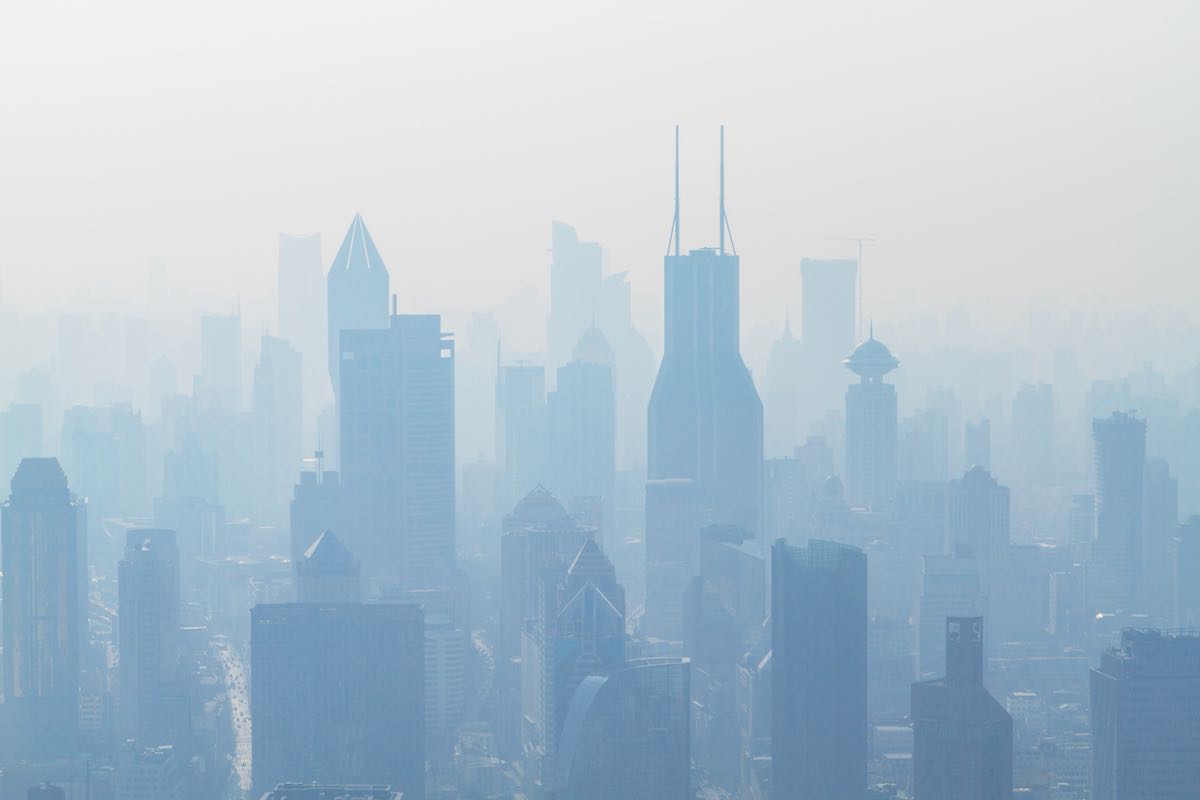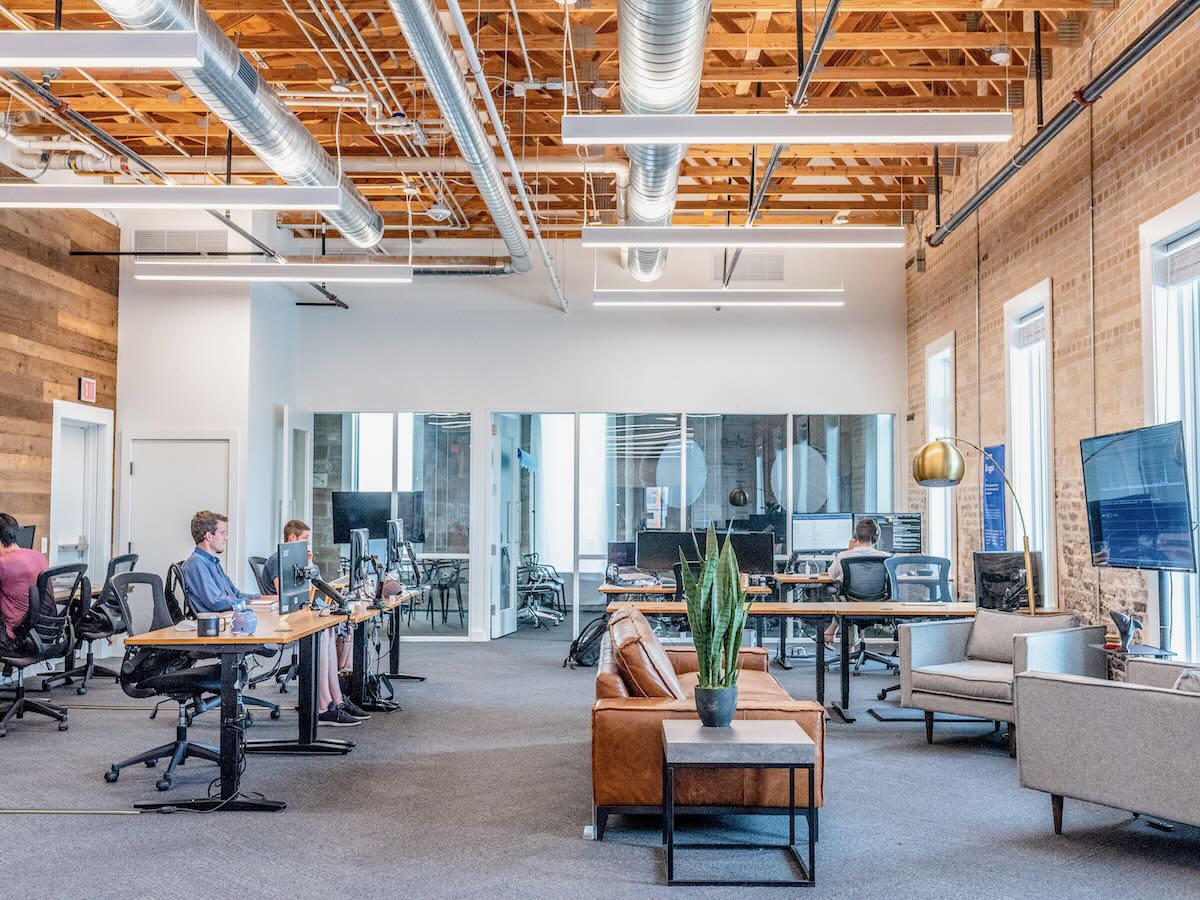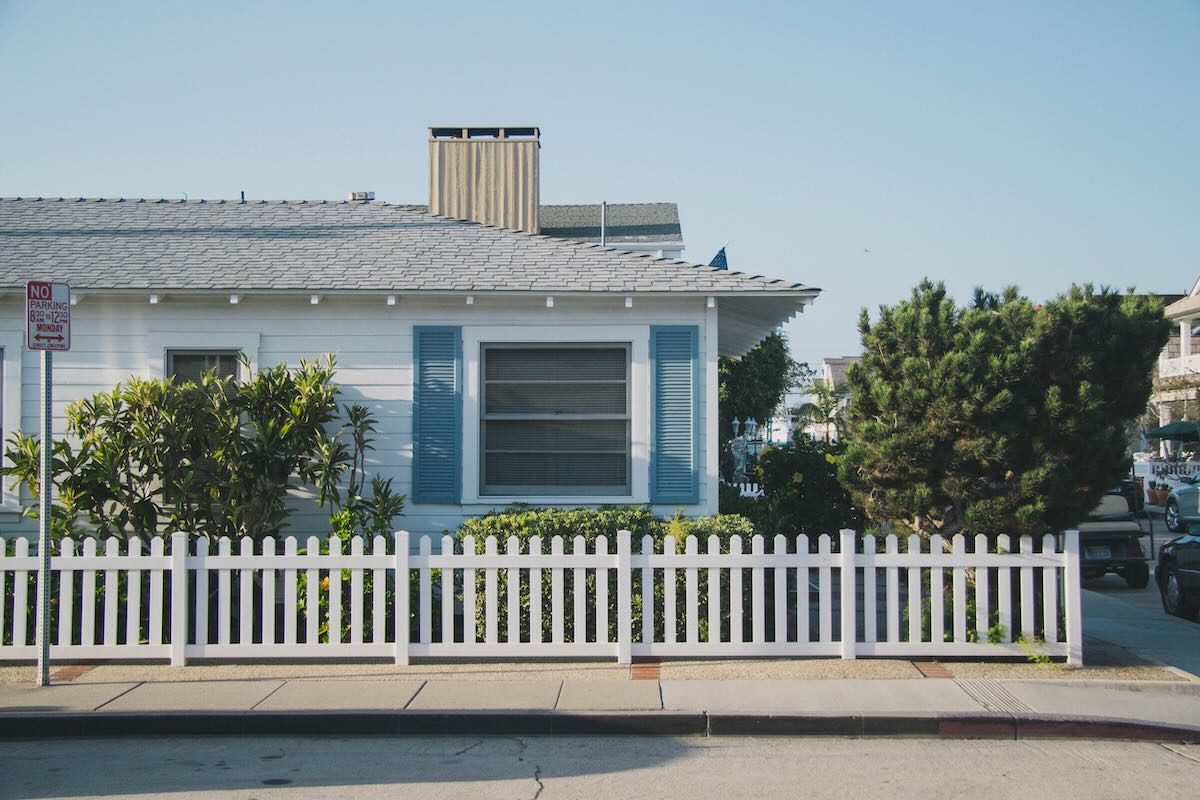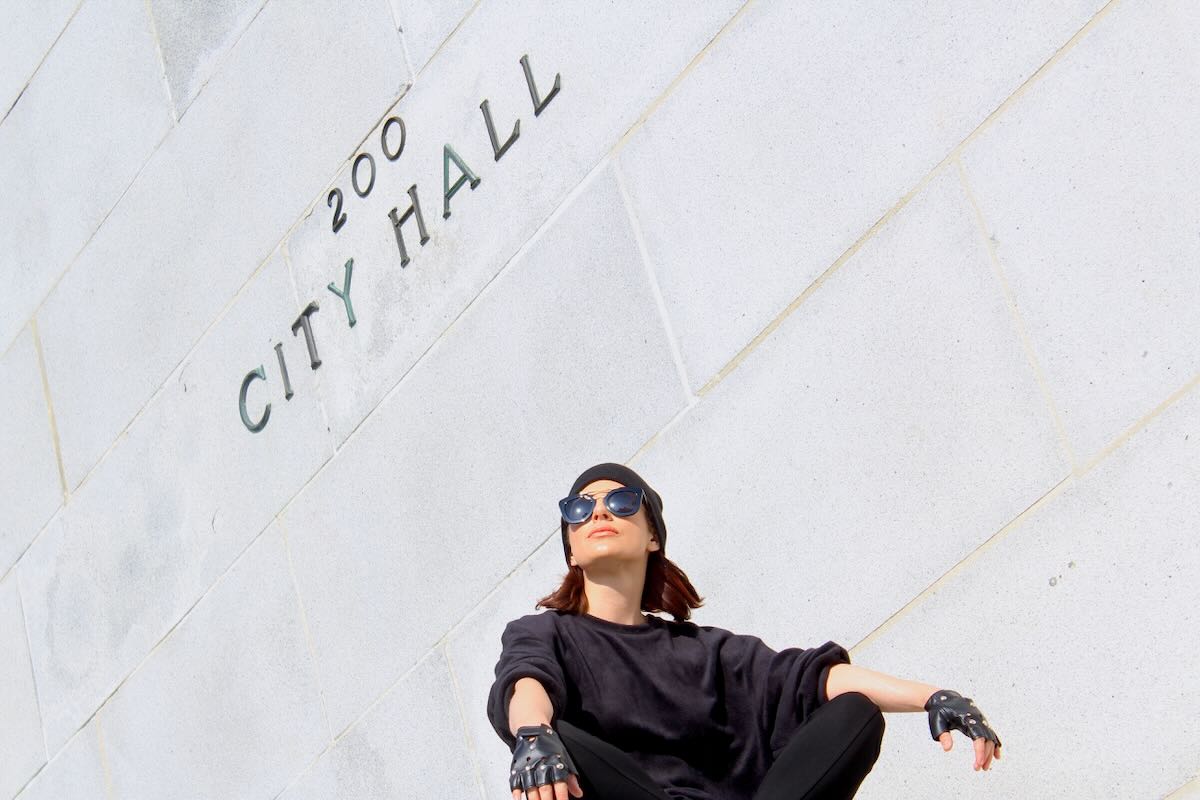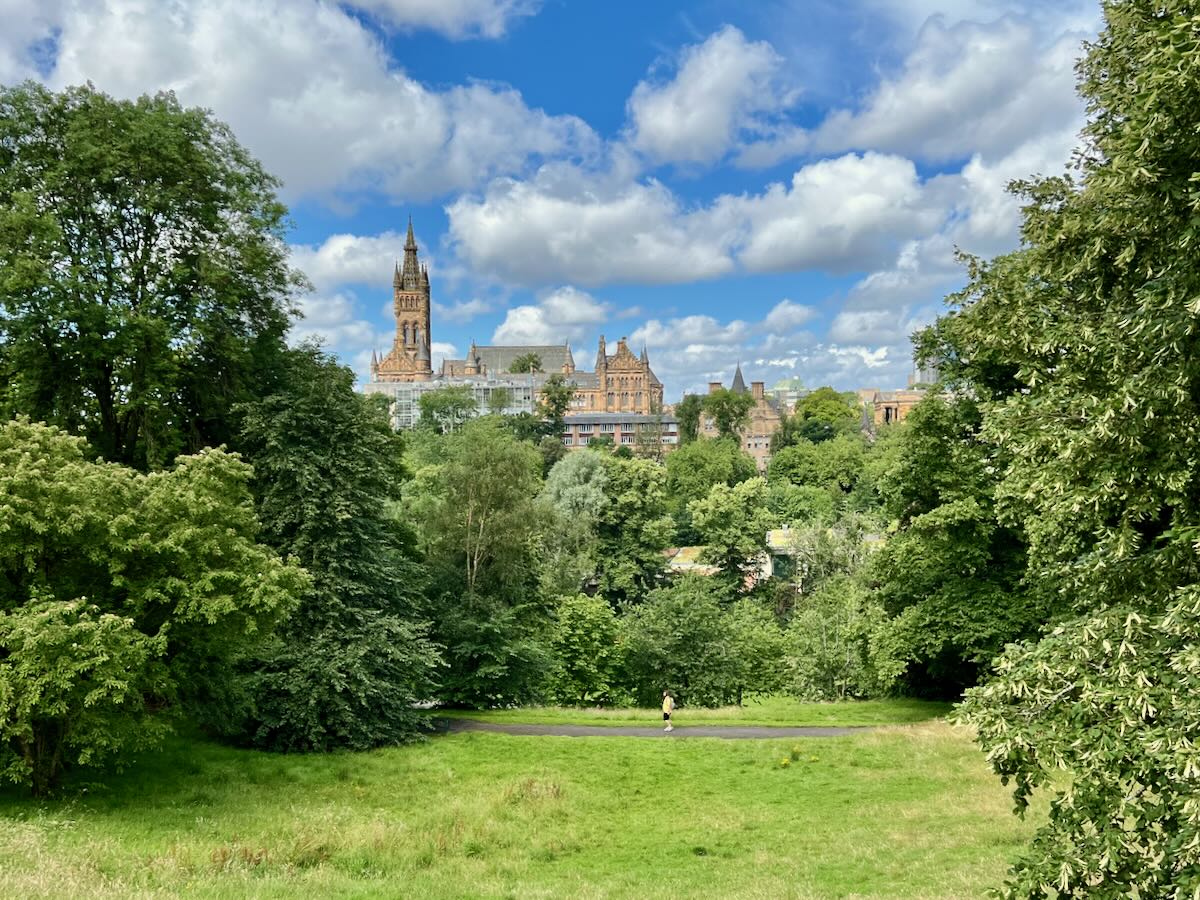Cities and Towns 7, Cities and Towns Evolve
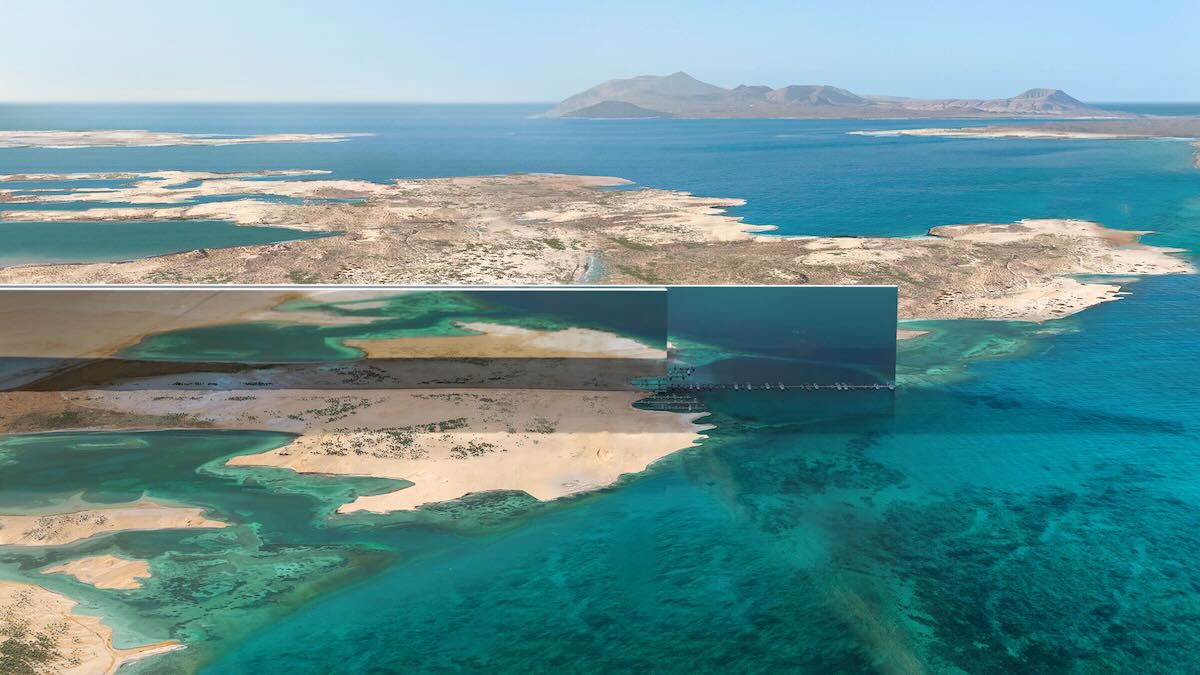
I have postulated that cities and towns evolve. That towns and villages first grow in areas where the basics to support life were plentiful. Typically, that means good agricultural land and good access to water. Other valuable considerations include safety, and resilience. The bonus – access to trade routes.
Walt Disney and the Fully Formed City
So what about projects such as Neom planned for development in the Saudi Arabian desert? In 1966 Walt Disney lay dying in his hospital bed dreaming of the city of the future. He used the ceiling tile grid to plan out the Experimental Prototype Community of Tomorrow or EPCOT. It would have a 50-acre domed business park, underground transportation, automated garbage collection, and carefully delineated zones to work, live, shop, and play.

In Disney’s planned and controlled community of 20,000, everyone worked. There would be no retirees. Disney would manage the city and citizens would forego democratic rule and the right to own property in exchange for the opportunity to live in a slum-free and crime-free city. Walt believed that Disney-defined “Nuclear Family Values”, modest rents, small town nostalgia, and technological innovation would add to the attractiveness of this community that would be delivered fully-formed.

What if Walt hadn’t died?
Disney Corporation extracted almost every concession it needed from the Florida legislature to start its construction near Orlando. But, Walt had died of lung cancer and the corporate drive just wasn’t there. So instead, we have the Epcot theme park. The corporation did develop the community of Celebration, now built on part of the land purchased for the planned EPCOT community. However, Celebration is just another North-American, middle-class suburb. It lacks local employment, diversity, and affordability. Car-centric Celebration has few if any, walkable retail or service outlets.
The Idea lives on
Did the idea of fully formed cities die with Walt Disney? Well, no! Forty-plus countries now have 120-city sized projects in some stage of planning or development. The movers behind these mega-projects plan to build them on un-inhabited sites. So, no messy infrastructure problems and more importantly, no messy people problems. Only planned perfection – the technocrat’s Nirvana. The belief – build the right environment, the “desired class” of people and industry can be plugged in. No messy industries, cities that attract only a “certain class” of people.
However, buildings do not make a city. People make cities – cities and towns evolve. Next up, the Argent LLP approach to its Kings Cross Development, London.
Postscript
This headline comes from Dezeen: “Architecture studios “benefiting” from alleged human rights violations at Neom“. The violations include forced evictions and violently crushing tribal protests. Project critics Shadli al-Huwaiti, Ibrahim al-Huwaiti and Ataullah al-Huwaiti, have received death sentences. A planned smart city in Saudi – if it gets built, residents can look forward to high levels of surveillance and restrictions on freedom of expression. What creative would even think of living there for one nano-second?
